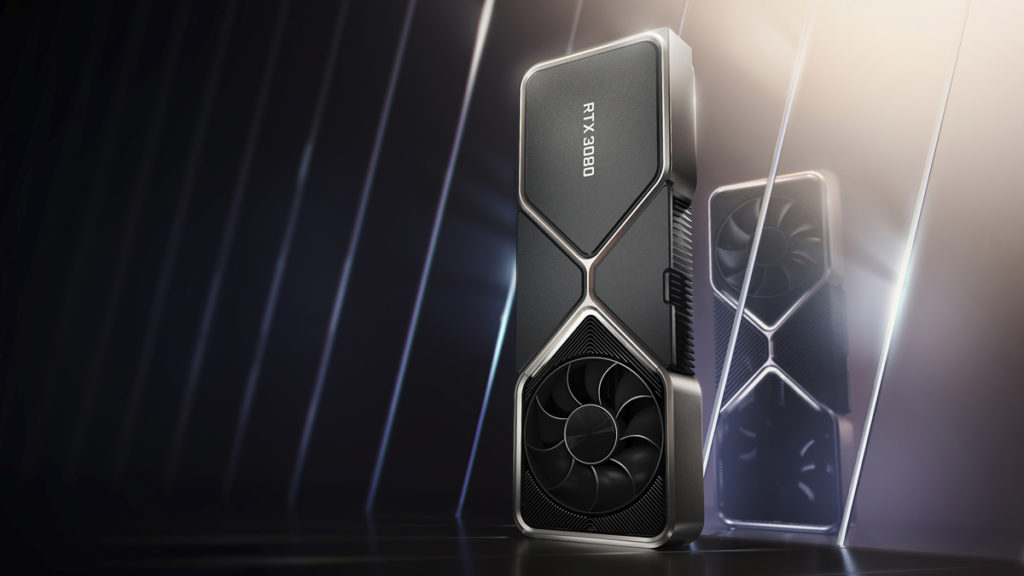
We previously shared a story regarding reports of third-party GeForce RTX 3080 owners encountering crashes (game to desktop) whenever their cards exceeded clocks of 2.0 GHz or greater. NVIDIA’s AIC partners haven’t confirmed the exact cause yet or how widespread the issue actually is, but Igor Wallossek has shared insight on why this might be happening.
One supposed reason is that NVIDIA sent out proper drivers very late, which meant that AICs could not test their cards thoroughly and confirm their stability under tougher conditions (e.g., higher thermals). Wallossek suggests that some of the OC cards on the market may never have been labeled or configured as such if green team communicated better and provided better drivers ahead of time.
“You probably remember when I wrote that the board partners couldn’t use working drivers yet and only work with a very limited driver and NVPunish,” he pointed out. “Since the driver problem lasted until shortly before the launch, but the first wave of cards had to be produced already, the functional testing of the first models was obviously limited to power-on and thermal stability. Running, not running. However, this does not say much about the chip quality and the possible maximum frequencies that the respective chip can safely handle.”
“Thus, it would at least be plausible that cards could have been sold as OC cards, which wouldn’t have passed a real quality test at the manufacturer with the delivered settings,” Wallossek continued. “Real binning? Nothing. Subsequent selection of particularly overclocked cards? Impossible, in fact. And so it is by no means impossible that one or the other ‘Potato’ chip could also have gotten lost on such an OC card. We know the consequences from the posts of the buyers in the relevant forums.”
The other alleged reason lies with component layout and quality. Apparently, NVIDIA was lax on what type of capacitors AICs could use on their custom cards and how they were configured, which may have led to reduced stability.
“In terms of quality, however, good MLCCs are better able to filter the very high frequency components in particular,” Wallossek explained. “In the end, this is simple practical knowledge, which only often enough collides with the world view of a financial controller. If one searches the forums, it seems that the Zotac Trinity is particularly affected when it comes to instabilities starting at certain boost clock rates from around 2010 MHz. A feat, because Zotac is relying on a total of six cheaper POSCAPs.”
According to Wallossek, NVIDIA’s GeForce RTX 3080 Founders Editions do not exhibit the same problems thanks to its reference design, which comprises higher-quality parts such as MLCCs (Multilayer Ceramic Chip Capacitors).
